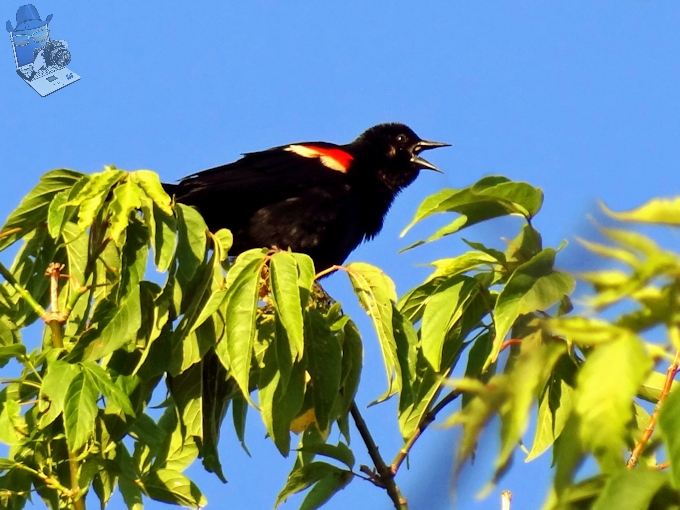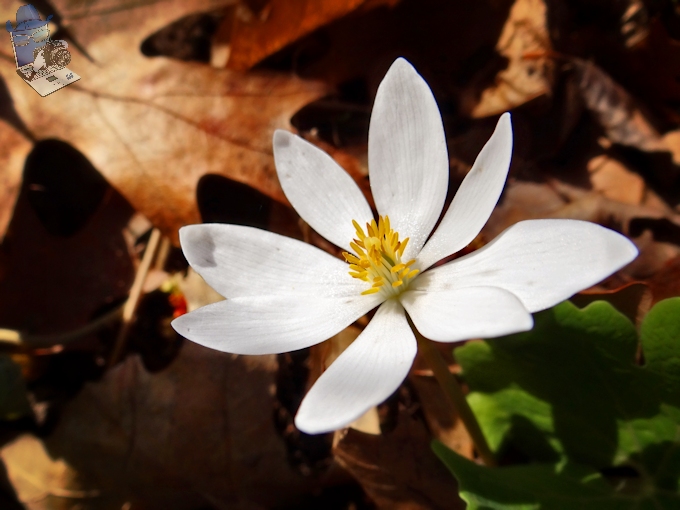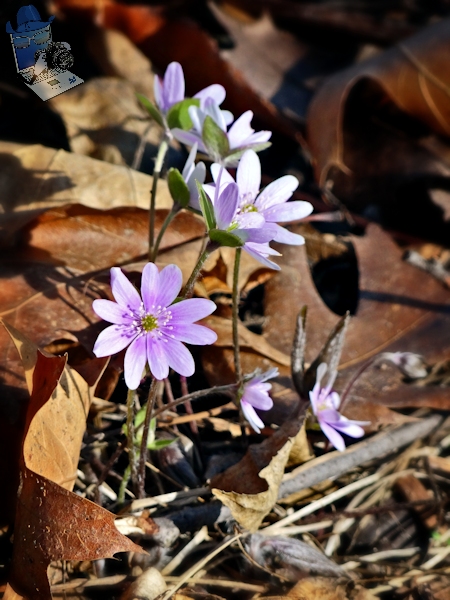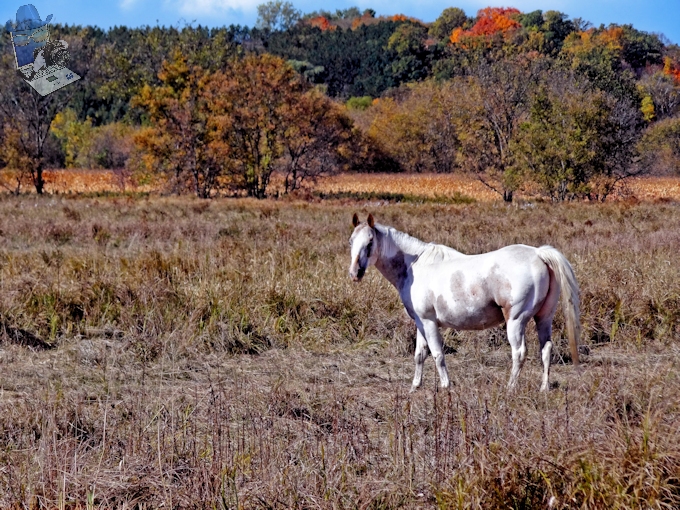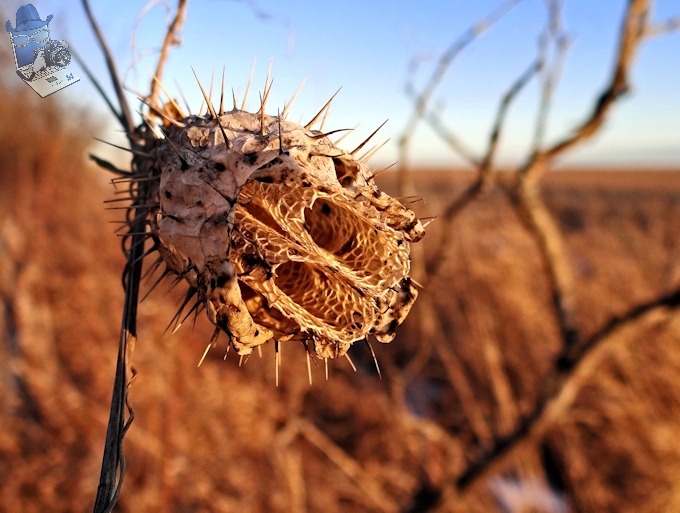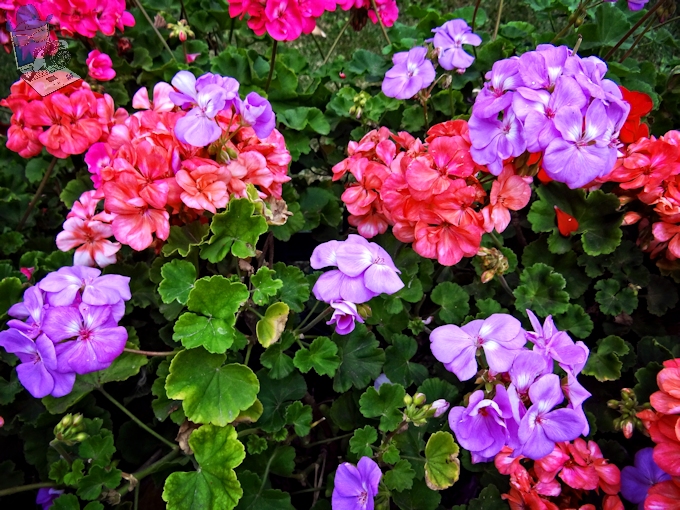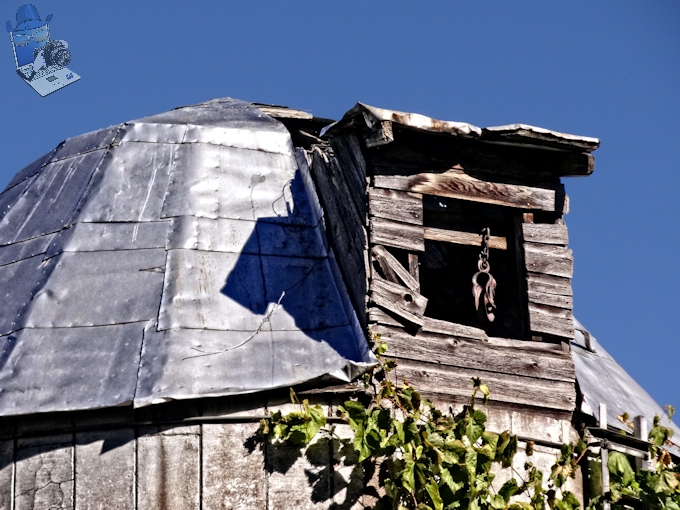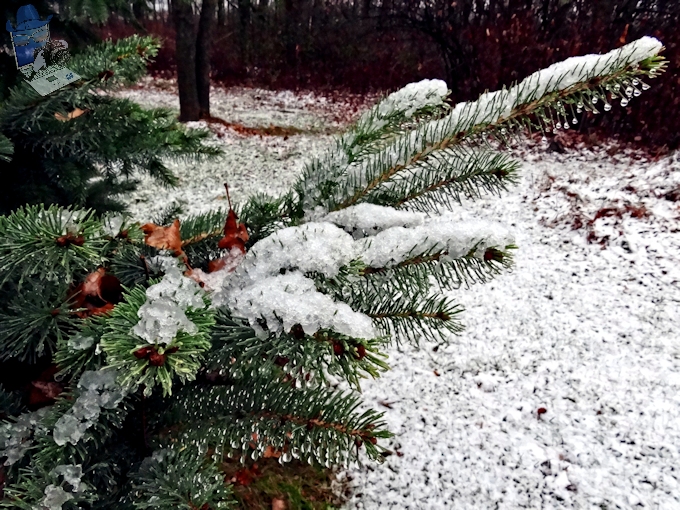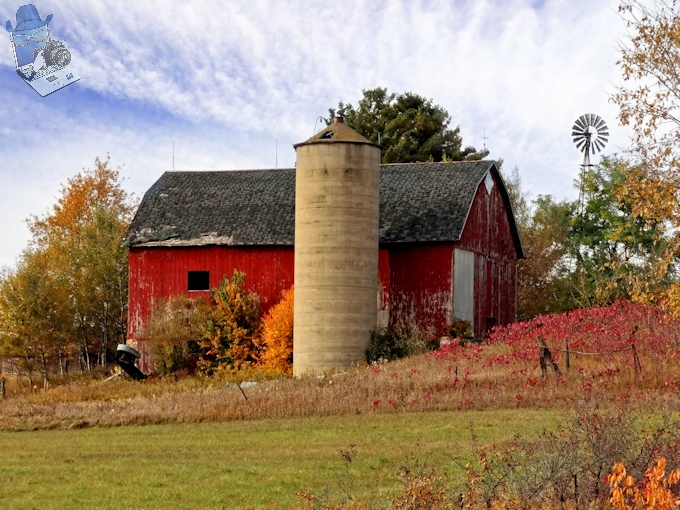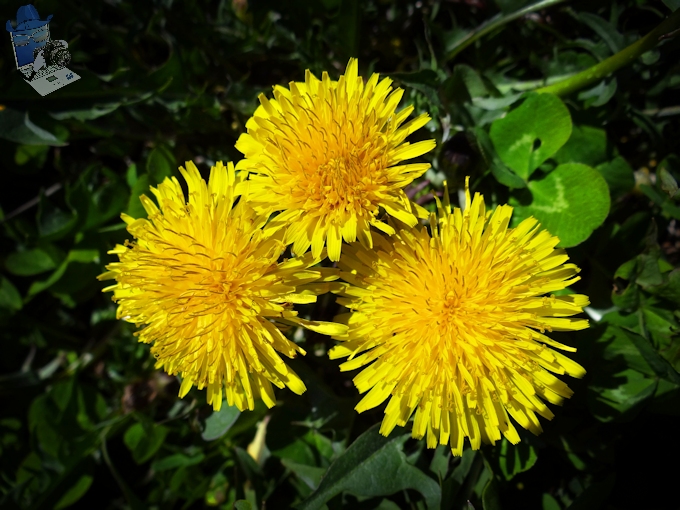With the sun out melting the snow today, the ‘hunt for spring’ fever continues this week and one sign that spring has arrived is the song of the Red-winged Blackbird as they hang out in the cattails.
The male Red-winged Blackbirds will do everything they can to get noticed, sitting on high perches and belting out their conk-la-ree! song all day long. Course they want the girls attention as the male Red-winged Blackbird may have as many as 15 female mates but with that many females, he apparently doesn’t watch them closely enough as a quarter to half of the nestlings are sired by a different male!
Conk-la-ree!


